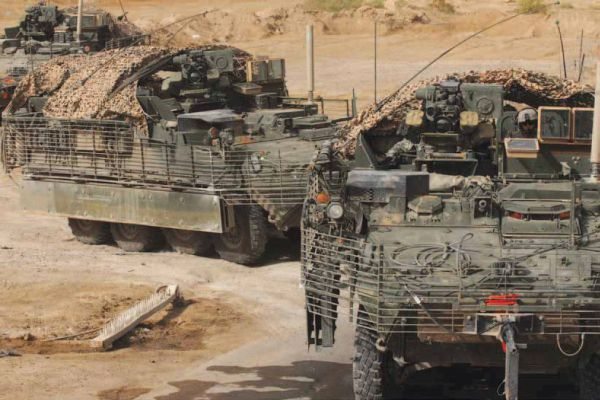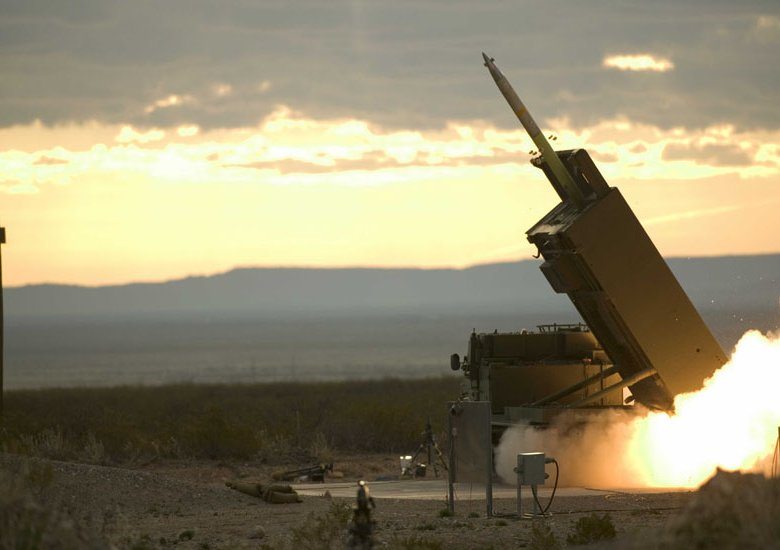For years, route clearance patrols have helped keep the streets of Afghanistan safe from improvised explosive devices. U.S. Army combat engineers scour the country every day looking for IEDs, not just to ensure safe travel for military convoys, but also to protect the Afghan citizens who use the roads as well.
But the day of the route clearance patrol has come to an end.
In the continuing effort to increase operational effectiveness, route clearance patrol across Afghanistan are being reborn as combined-arms route clearance operations, or CARCOs.
“We have the same mission; we still go out and clear IEDs. We still use the same equipment. Now we just have certain enablers dedicated [to] and traveling with so that we always have them [available] to prepare for any contingencies,” said 1st Lt. Daniel Dillenback, platoon leader for CARCO 4, attached to 2nd Battalion, 4th Infantry Regiment, Task Force Warrior, at Forward Operating Base Tagab.
For the engineers of CARCO 4, those enablers include some of the 2nd Battalion’s infantrymen. On Oct. 15, those Soldiers received training on some of the IED-defeating tools they are now patrolling with.
The infantrymen received some hands-on time with a couple of the specialized vehicles used in route clearance. In particular, they familiarized themselves on the capabilities of a military vehicle known as a buffalo. The front of the buffalo is equipped with an extendable arm used to probe and grab suspicious areas roadside, allowing the Soldiers to search for IEDs without having to leave the safety of the vehicle.
When the Soldiers do have to leave the vehicle though, the engineers trained the infantrymen on the proper use of several handheld devices that do everything from simple wire detection to tools that use ground penetrating radar.
Another set of devices CARCOs use, block the signal of devices that can remotely detonate IEDs while the Soldiers are dismounted and investigating the route with their handheld devices.
“The junior guys really took to the training. They’re seeing a lot of equipment they’ve never really dealt with and they’re really intrigued by it all,” said Sgt. 1st Class Edwin Lewis, platoon sergeant, CARCO 4.
Learning how to use all of the equipment means nothing, if the Soldiers using it can’t read the signs of where an IED could be, and what kind it is they’re dealing with. As another part of their CARCO training, the infantrymen received classes on recognizing different types of ordnance and danger spots.
“I think it’s great training.” said Sgt. Jonathan Gunter, a team leader with 2nd Battalion who serves as his platoon’s counter-IED master trainer. “It was great for a lot of us [infantrymen] who might not have seen some of this stuff before. It was more of a brush-up for me, but I still got a lot of training value in it.”
The day’s instruction wasn’t a one-time event. The 2nd Battalion’s engineers meet with the infantrymen at least bi-weekly to make sure they’re as prepared as they can be when the roads need clearing.
“The threat of firefights will always be there, but the number one killer in Afghanistan is IEDs,” said Gunter. “That’s the most important thing we’ll encounter, and it’s the most important thing to consider across all of Afghanistan.”
The threat of firefights is one of the reasons route clearance patrols are making the change over to combined-arms operations. The Army wants route clearance operations better protected against direct attacks, so in addition to the infantrymen, CARCOs also have indirect fire support traveling with them.
Another advantage the route clearance operations will have are dedicated intelligence, surveillance, and reconnaissance assets, so the patrols can have better situational awareness of their surroundings on mission.
“A lot of the assets we’ve already been using, but, what this does, is guarantee that we’ll have them now. I think it helps,” said Dillenback.
CARCO 4 and 2nd Battalion fall under 4th Brigade Combat Team, 10th Mountain Division, Task Force Patriot.











